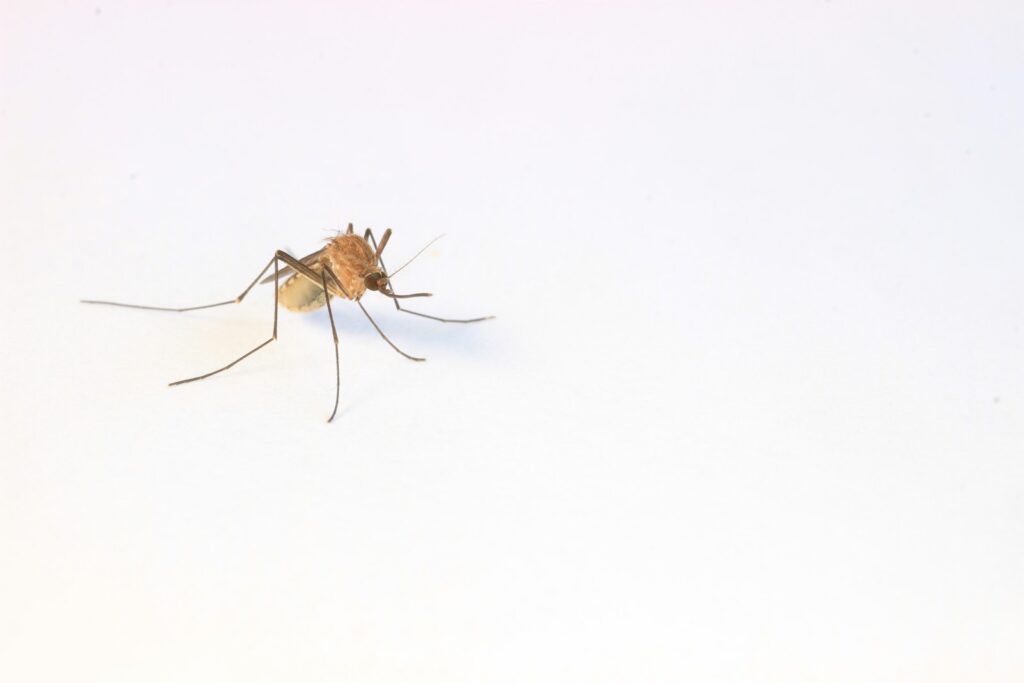Mosquitoes are more than just a nuisance, as they can pose serious health risks by spreading diseases like malaria, dengue, and Zika virus. Controlling mosquito populations is crucial, especially in community spaces where people gather. However, traditional chemical-based methods can harm the environment and other beneficial insects. In this article, we will explore sustainable, natural approaches to mosquito control that are effective, eco-friendly, and promote a healthier community environment. These strategies include understanding the mosquito life cycle, utilizing biological controls, implementing environmental management practices, using natural repellents and deterrents, and fostering community involvement and education.
KEY TAKEAWAYS
- Combine biological controls, environmental management, natural repellents, and community involvement.
- Eliminate breeding grounds by removing standing water, managing vegetation, and encouraging predators.
- Use eco-friendly BTI, larvivorous fish, and mosquito-repelling plants.
- Organize clean-ups and educational campaigns for community engagement.
Understanding Mosquito Life Cycle and Breeding Grounds
To effectively control mosquitoes, it’s essential to understand their life cycle and identify potential breeding grounds. Mosquitoes go through four distinct stages: egg, larva, pupa, and adult. The larval and pupal stages are aquatic, so stagnant water sources like ponds, containers, and poorly drained areas provide ideal breeding grounds.
In community spaces, potential breeding grounds may include neglected pools, clogged gutters, bird baths, and even discarded tires or containers that can collect rainwater. Given all these, identifying and addressing these breeding sites is crucial in implementing mosquito control services provided by reputable mosquito control companies, especially those that incorporate natural mosquito control approaches.
Biological Control Methods
Biological control methods are another option, and these involve introducing natural enemies or pathogens that target mosquitoes at specific life stages. One effective approach is using Bacillus thuringiensis israelensis (BTI) and Bacillus sphaericus, which are naturally occurring bacteria that specifically target mosquito larvae. These biological agents can be applied to standing water bodies and are safe for other organisms.
Another biological control method is introducing larvivorous fish, such as Gambusia affinis (mosquitofish) or guppies, into water bodies. These fish feed on mosquito larvae, effectively reducing their populations. However, careful consideration must be given to the suitability of the water body and the potential impact on other aquatic life before introducing these fish.
Biological control methods are environmentally friendly, target-specific, and can be an integral part of an integrated mosquito management strategy. They offer a sustainable alternative to chemical insecticides while minimizing harm to beneficial insects and other organisms.
Environmental Management Strategies
Environmental management strategies focus on reducing or eliminating potential mosquito breeding grounds through source reduction and habitat modification. One crucial aspect is eliminating standing water sources by implementing proper drainage systems, removing water-holding containers, and modifying landscapes to prevent water accumulation.
Vegetation management is another important factor. Dense vegetation can provide shelter and breeding grounds for mosquitoes. Regular trimming or removal of overgrown vegetation can reduce these potential habitats. Additionally, encouraging natural predators like dragonflies and birds can help sustainably control mosquito populations.
Environmental management strategies not only target mosquitoes but also contribute to overall community beautification and improved quality of life. By addressing the root causes of mosquito breeding, these approaches offer long-term solutions while promoting a healthier and more aesthetically pleasing environment.
Natural Repellents and Deterrents
While preventing mosquito breeding is essential, natural repellents and deterrents can provide an additional line of defense against these pesky insects. Essential oils like citronella, lemongrass, and peppermint have been found to have mosquito-repelling properties. These natural oils can be applied to exposed skin or used in diffusers or candles to create a protective barrier.
Certain plants also possess mosquito-repelling properties and can be incorporated into landscaping or grown in planters around outdoor areas. Marigolds, lavender, and catnip are known to deter mosquitoes. However, it’s important to note that while these natural repellents can be effective, their potency and duration may vary.
Natural repellents and deterrents offer a safe and eco-friendly alternative to synthetic chemical repellents. They can be used in combination with other mosquito control strategies for a comprehensive approach, providing an additional layer of protection for community members enjoying outdoor spaces.
Community Involvement and Education
Ultimately, effective mosquito control in community spaces requires the active involvement and education of residents. Organizing community clean-up events can play a crucial role in identifying and eliminating potential breeding grounds. These events not only remove sources of standing water but also raise awareness about the importance of mosquito control.
Educational campaigns and workshops can further promote sustainable mosquito control practices. By providing information on the mosquito life cycle, breeding grounds, and effective control methods, community members can become empowered to take action. These campaigns can also encourage participation and collective action, fostering a sense of responsibility and a shared commitment to creating a healthier environment.
Community involvement and education are vital components of a successful mosquito control strategy. When residents understand the importance of these efforts and are equipped with the necessary knowledge and tools, they can make a significant impact in reducing mosquito populations and enhancing the overall quality of life in their community spaces.
Five Ways Society Benefits When Kids Spend More Time with Dad(Opens in a new browser tab)
Closing Thoughts
Implementing sustainable natural mosquito control approaches in community spaces requires a multifaceted approach. By understanding the mosquito life cycle, utilizing biological controls, implementing environmental management strategies, using natural repellents and deterrents, and fostering community involvement and education, we can effectively control mosquito populations while promoting a healthier and more eco-friendly environment. Collective action and commitment are key to achieving long-lasting success in this endeavor.
